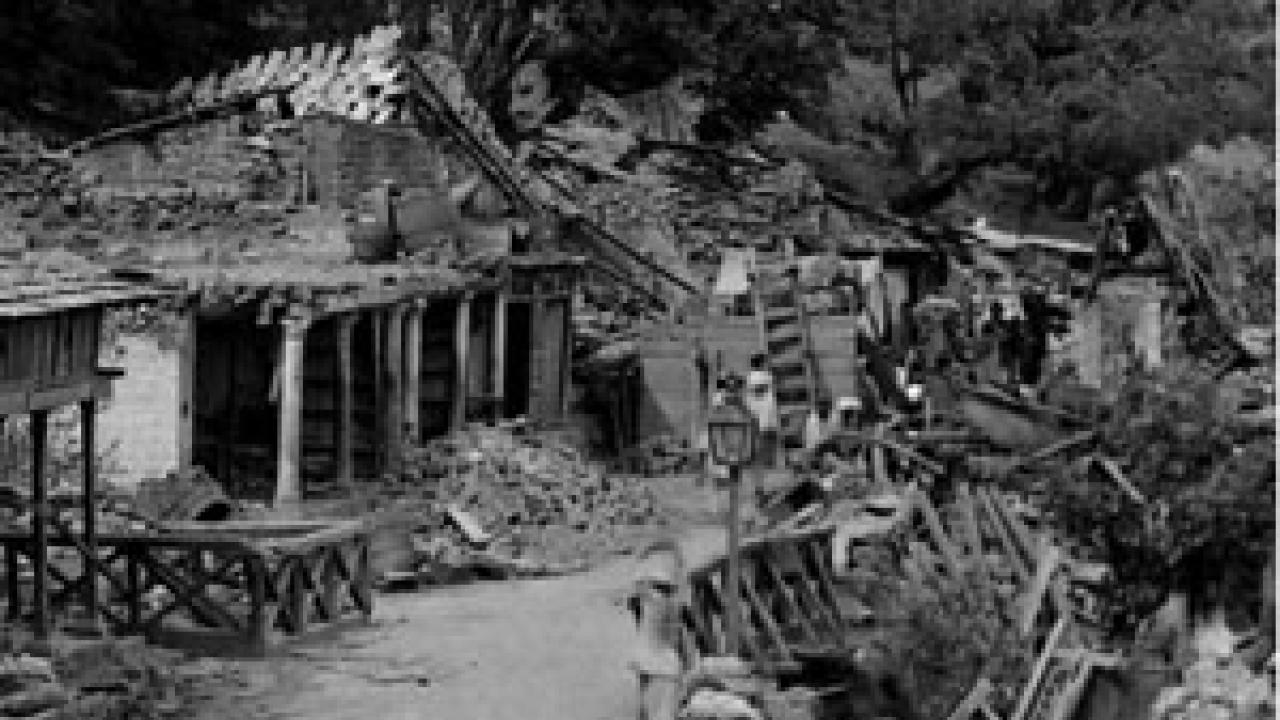
The Himalayan mountain range, formed by the collision between India and Eurasia, is a work in progress: as the Indian plate continues in a northward motion, earthquakes are generated, contributing to the continued building of the mountains in what is known as the Indo-Asian Collision Zone, a unique natural laboratory in the world.
What is the ongoing tectonics of this continued collision course? What is known about past large Himalayan earthquakes, what is uncertain, and where are the gaps in knowledge and in seismicity where large and destructive events could occur in the foreseeable future? Answers to these questions will contribute to a better assessment of the earthquake hazard and risk in a region where more than 50 million people are at risk from future earthquakes and associated landslides and outburst floods.
These issues will be addressed in a workshop held by ICTP in Kathmandu, Nepal, from 15 to 24 November 2012, titled "Quantification of Seismic Hazards in the Indo/Asian Collision Zone". The workshop aims to provide attendees from Nepal, Pakistan, India, Bangladesh and China with some of the modern tools and techniques needed to estimate seismic hazard, and to turn these into estimates of seismic risk.
"Estimates of risk include very careful estimates of the reliability of seismic hazards provided as input to risk calculations. But if the hazard information provided as input is inadequate, estimates of risk will be inaccurate," said workshop director Abdelkrim Aoudia of ICTP's Earth System Physics section, adding, "Therefore, this workshop will focus specifically on issues that can lead to erroneous estimates of seismic hazard."
The workshop is co-directed by Aoudia, Roger Bilham (University of Colorado, USA) and Bishal Upreti (Tribhuvan University, Nepal).
For more details about the workshop, visit its website.
















